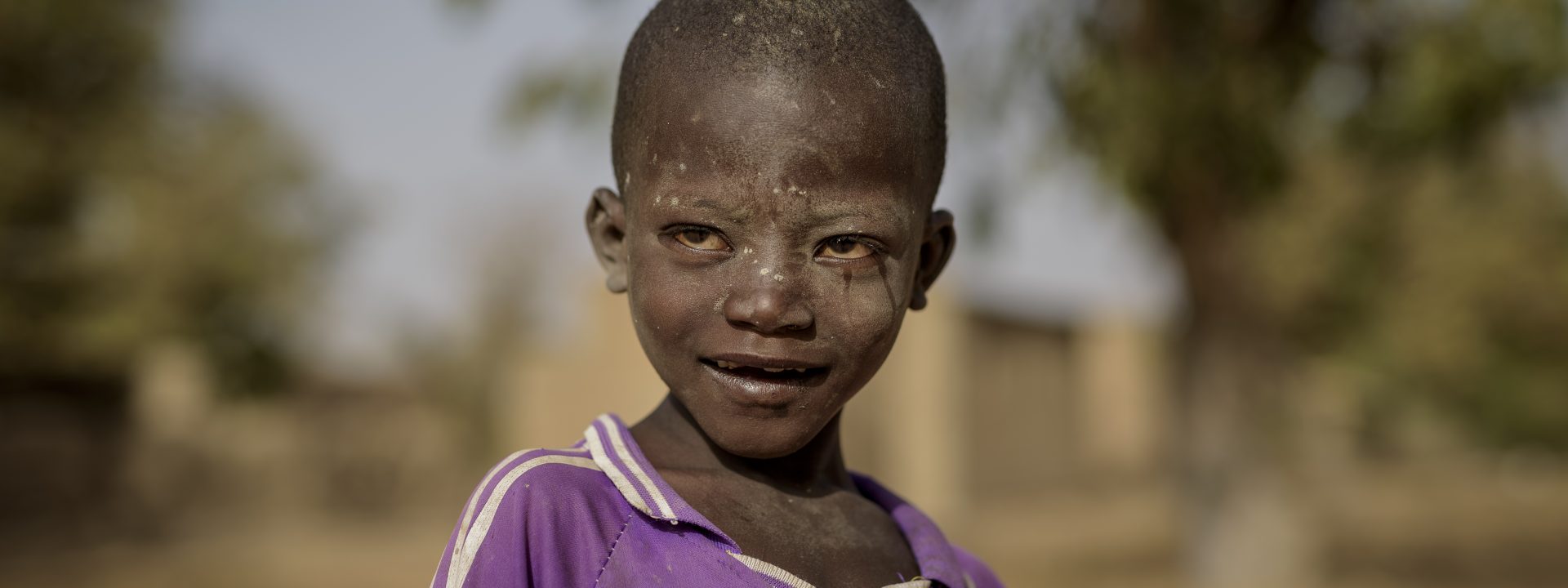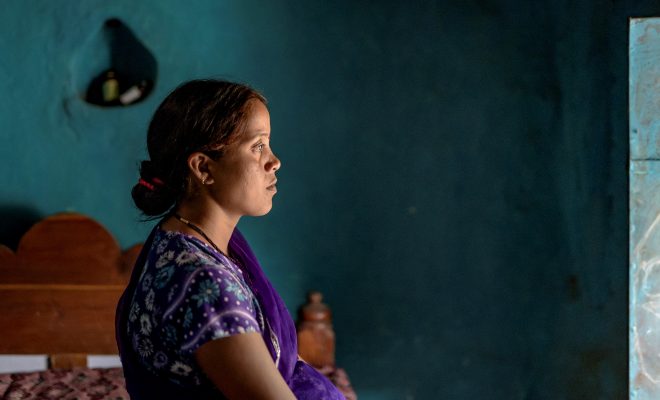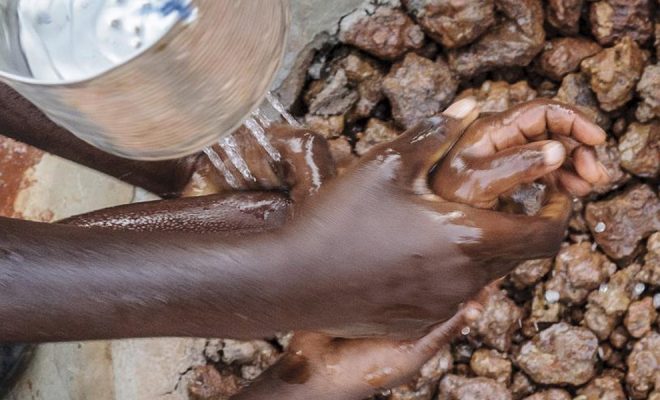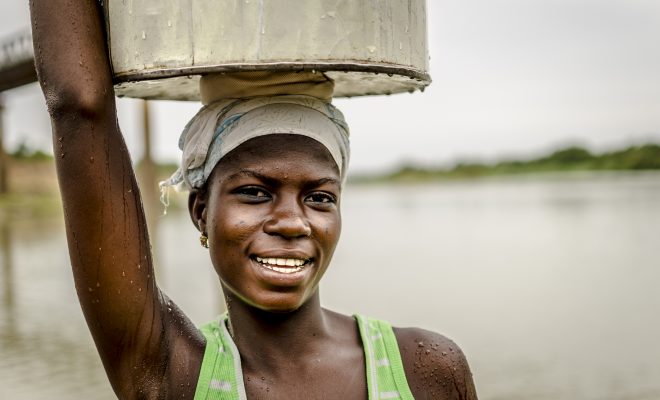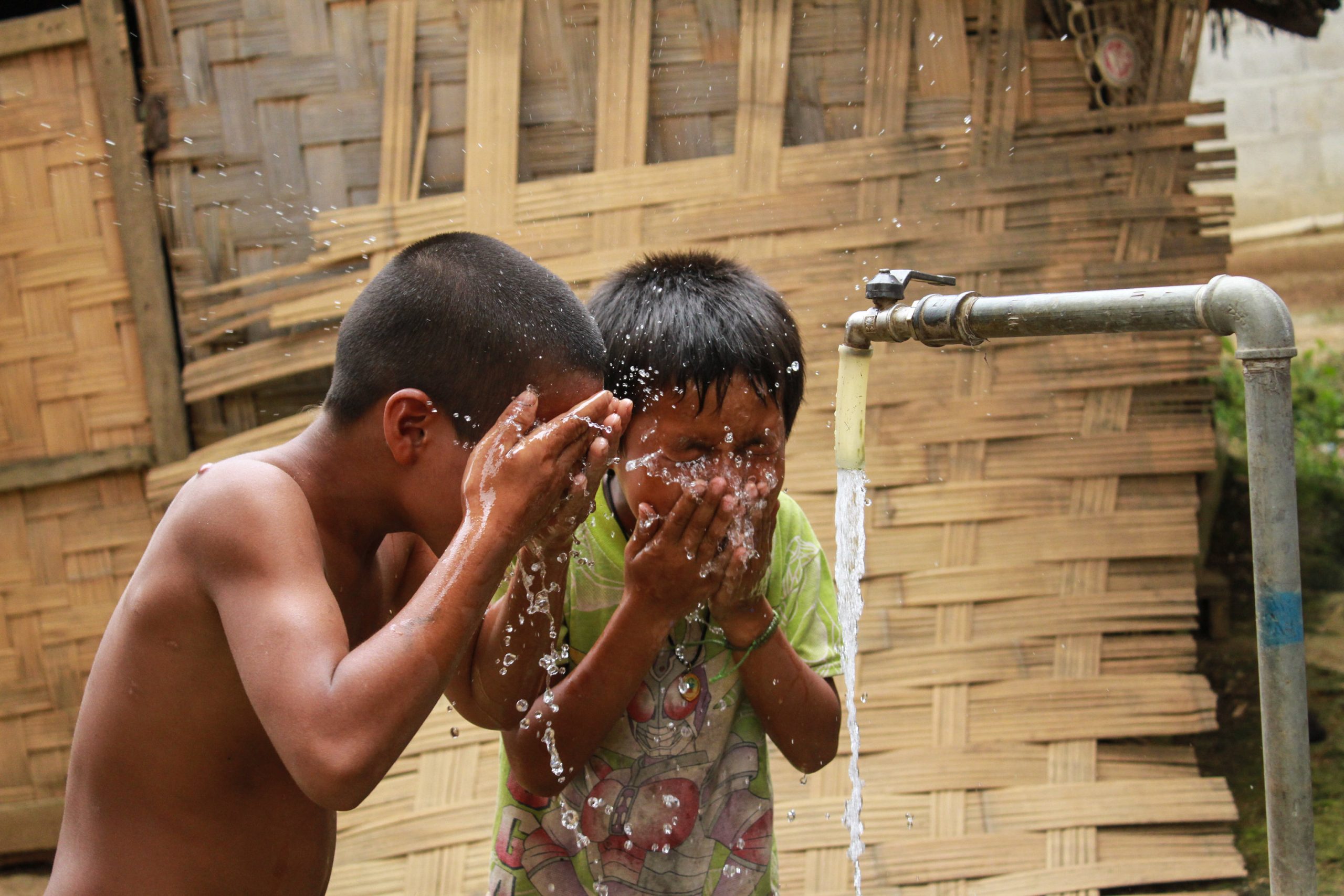
Trachoma requires surgery and antibiotics, but also clean water, hygiene and sanitation.© Asian Development Bank.
Trachoma is a little-known disease. Despite being the main infection causing blindness worldwide, it is not included in health alerts and rarely appears in the statistics published on the advances of SDG 3, the goal that aims to ensure healthy lives and promote well-being for all at all ages.
Trachoma is caused by the bacterium chlamydia trachomatis, which is transmitted to humans by certain species of flies that are abundant in fecal matter. Among humans, the disease spreads by contact of ocular and nasal secretions of infected people, especially very young children, who are the main reservoir of bacteria. The lack of clean water for facial and ocular hygiene facilitates the spread of the disease, while poor sanitation or the lack of it keeps the focus of infection alive.
For this reason, trachoma has mainly affected people who live in remote areas of preferably tropical regions, where the lack of access to water and open defecation are endemic.
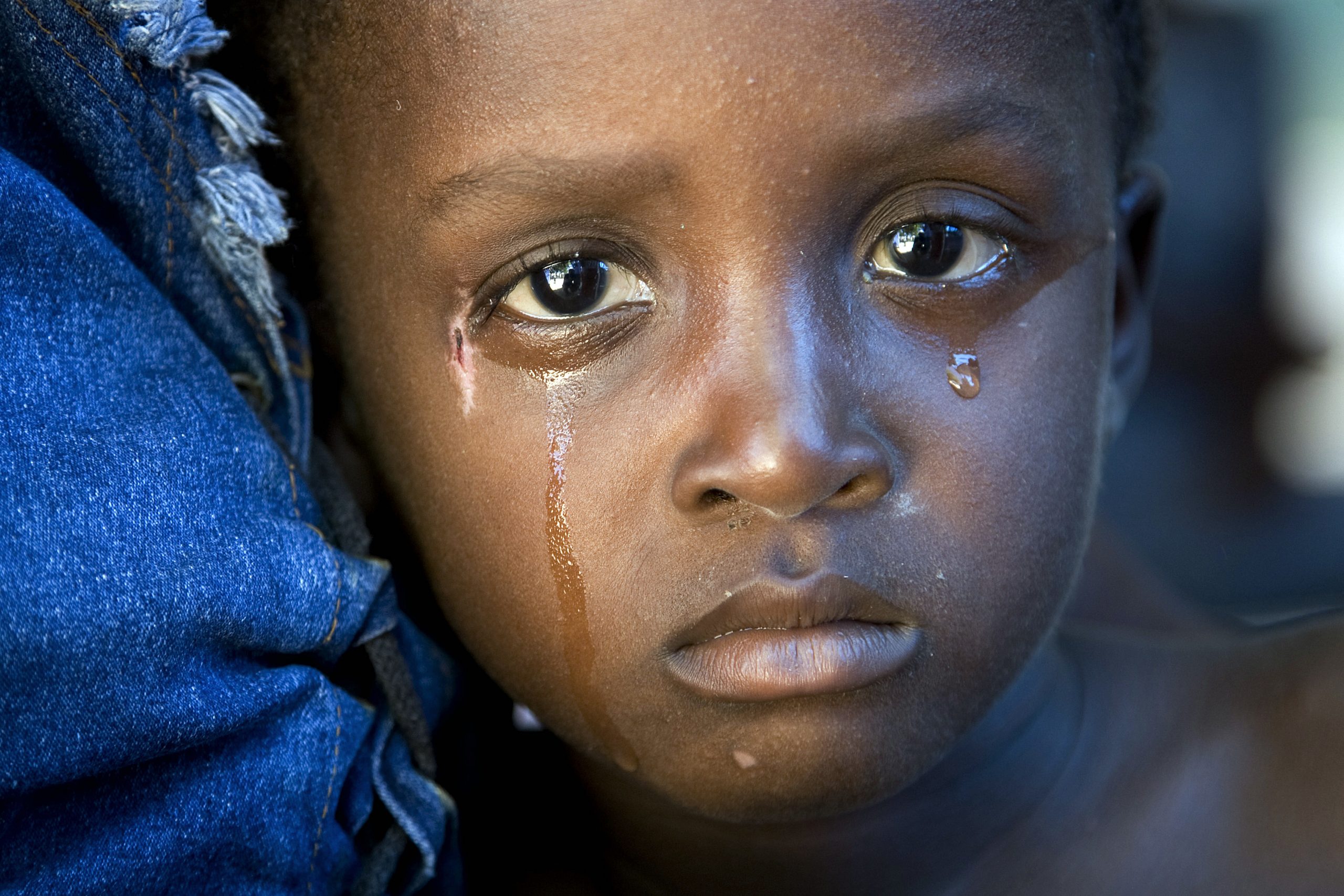
The disease spreads by contact of ocular and nasal secretions of infected people, especially very young children. ©. UN Photo/UNICEF/Marco Dormino.
Scars in eyelids, injuries in corneas
The initial symptoms of the disease are similar to those of conjunctivitis – swelling and stinging – and because of this its severity is hidden, as in many cases the immune system, if it is strong, is able to overcome the infection, which does not appear again. But in those communities where trachoma is endemic, reinfections are frequent due to the unhealthy environment and the lack of hygiene, as well as a depressed immune system due to malnutrition.
In these cases, after years of repeated infections, scars accumulate inside the eyelid, preventing the correct unfolding of the eyelid over the eyeball; the eyelid remains folded inwards, causing constant friction of the eyelashes with the eyeball, which ends up irreversibly damaging the cornea if not treated in time. In these cases, the consequences are visual impairment and irreversible blindness.
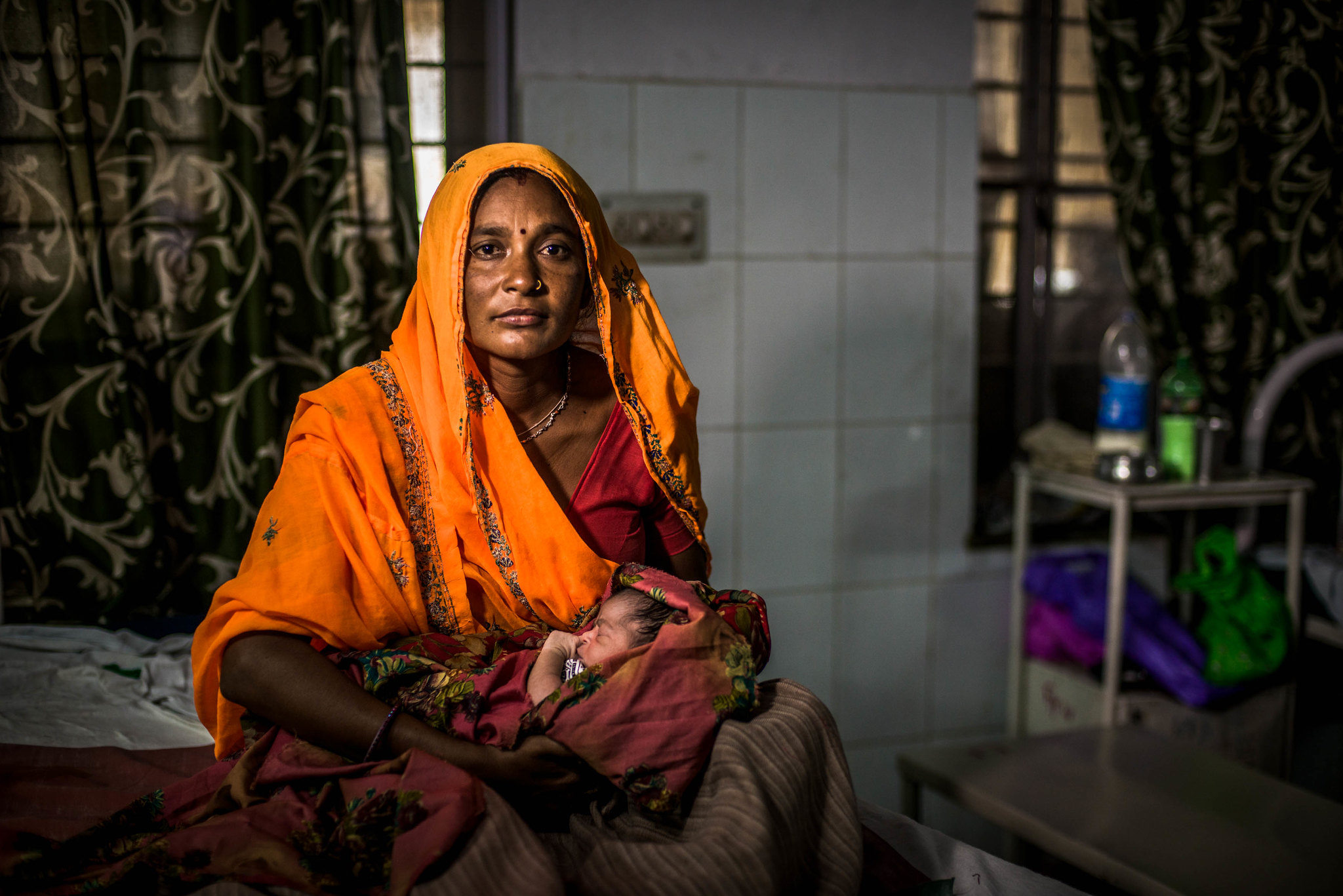
Women are four times more likely to be blind than men, as they are much more in contact with infected children. © Poulomi Basu/CIFF.
In very endemic communities, blindness may appear during childhood, although it often occurs between the ages of 30 and 40. Women are four times more likely to be blind than men, as they are much more in contact with infected children.
The treatment of trachoma is based on surgery of the damaged eyelids to treat the phase of the disease that causes the deterioration of the cornea and the administration of antibiotics to remove the infection. These are successful therapies if applied on time and accompanied by preventive measures. These include good hygiene practices, especially facial hygiene, and improved access to water and sanitation, without which hygiene and a healthy environment cannot exist.
Three decades of struggle
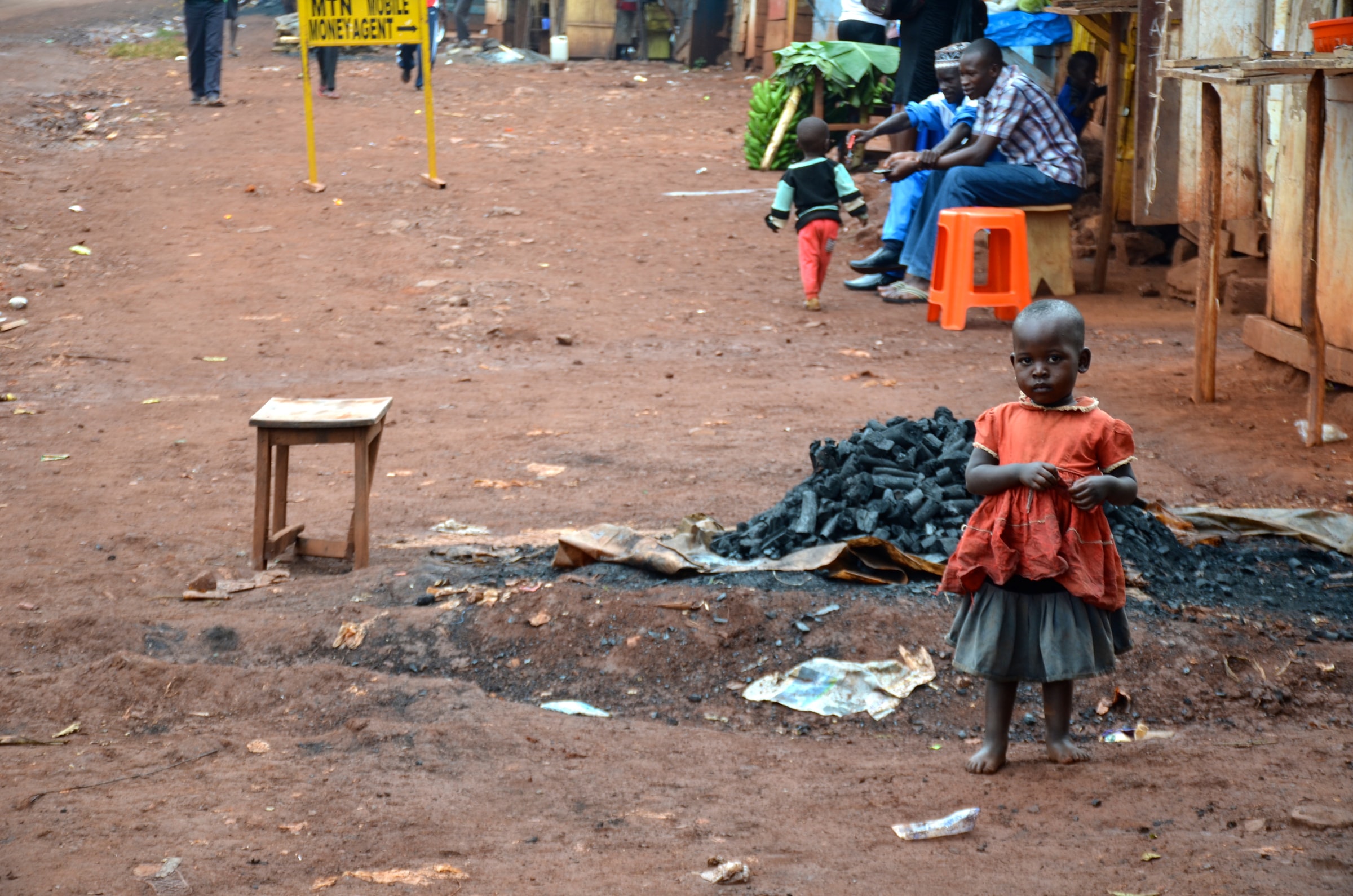
An estimated 142 million people still live in areas where the disease is endemic and are at risk of contagion. © Derick Mckinney-unsplash.
In the 1990s, trachoma was endemic in around fifty tropical countries. In 1993, the WHO adopted the SAFE (Surgery, Antibiotics, Facial cleanliness and Environmental improvement) strategy to lead and coordinate international efforts aimed at eliminating trachoma as a public health problem. The strategy took an important step further when the World Health Assembly, the decision-making body of the WHO, adopted the resolution WHA51.11 in 1998, which aimed at the global elimination of trachoma.
In 2016, in view of the persistence of the disease in 44 countries, the WHO proposed the eradication of the disease by 2020. This has not been fully attained, but important advances have been achieved, with 13 countries reporting in January 2020 that they had reached elimination targets: Cambodia, China, Gambia, Ghana, Morocco, Mexico, Myanmar, Nepal, Laos, Iran, Iraq, Oman and Togo.
Of the 21 countries where trachoma still persists, those in the African region are the most affected. An estimated 142 million people still live in areas where the disease is endemic and are at risk of contagion, with 1.9 million suffering from trachoma-related blindness, accounting for approximately 1.4% of the world blindness cases.
Trachoma and Covid-19
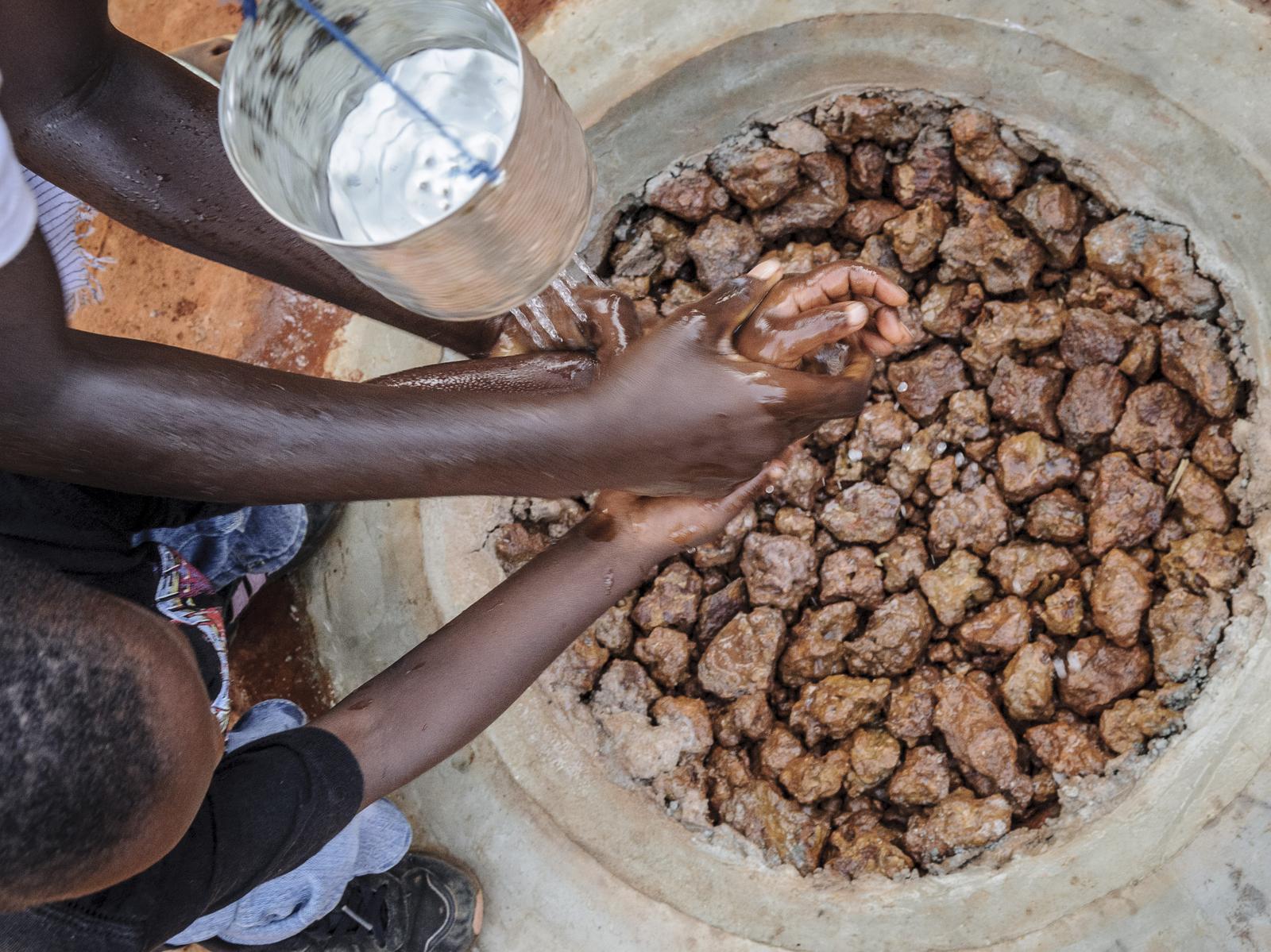
The Covid-19 and trachoma require the implementation of large-scale programs for the promotion of hygiene and sanitation. © Carlos Garriga/ We Are Water Foundation.
The Covid-19 pandemic has temporarily slowed down the implementation of the WHO strategy. However, a recent study by the Royal Society of Tropical Medicine and Hygiene asserts that while the fight against coronavirus has interrupted the control efforts based on the community, health models predict that the negative effects of the delay in the implementation of programs for the elimination of trachoma will be minimal, except in high prevalence areas where the situation might worsen.
In all cases the detection, control and health treatment work of both diseases can benefit from one common strategy, as both share a high prevalence in the poorest and most neglected regions and both require the implementation of large-scale programs for the promotion of hygiene and sanitation. It should be a double win.


